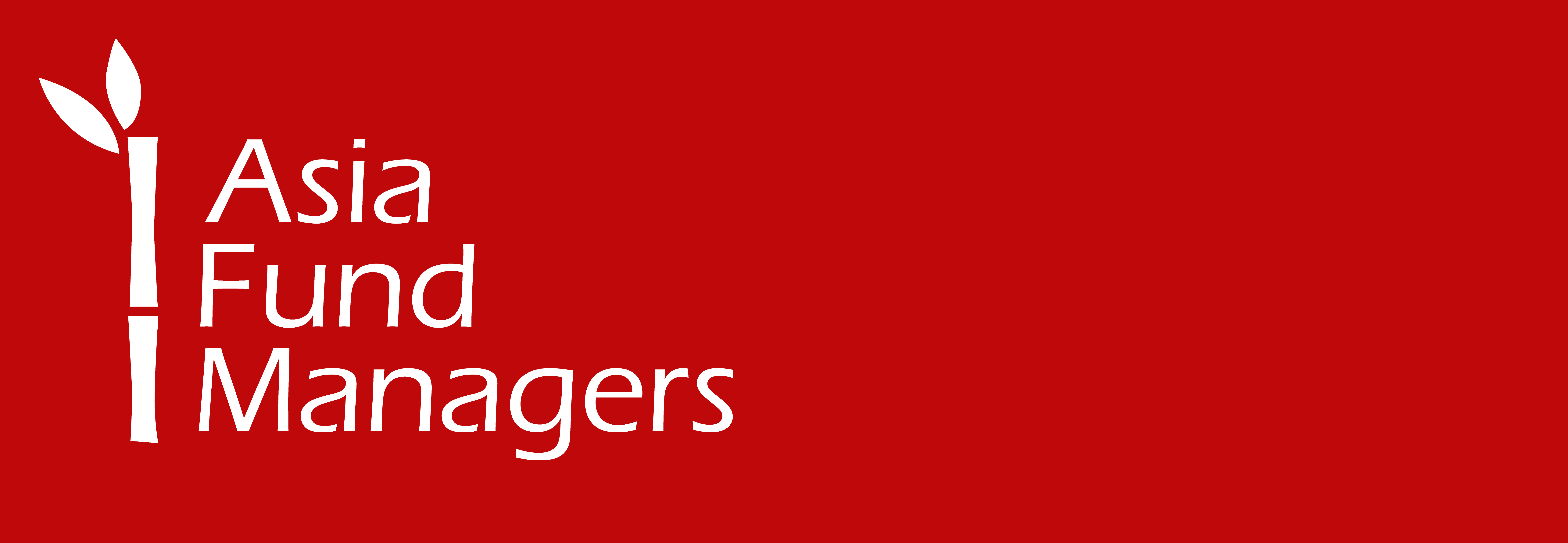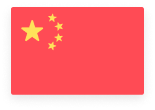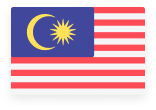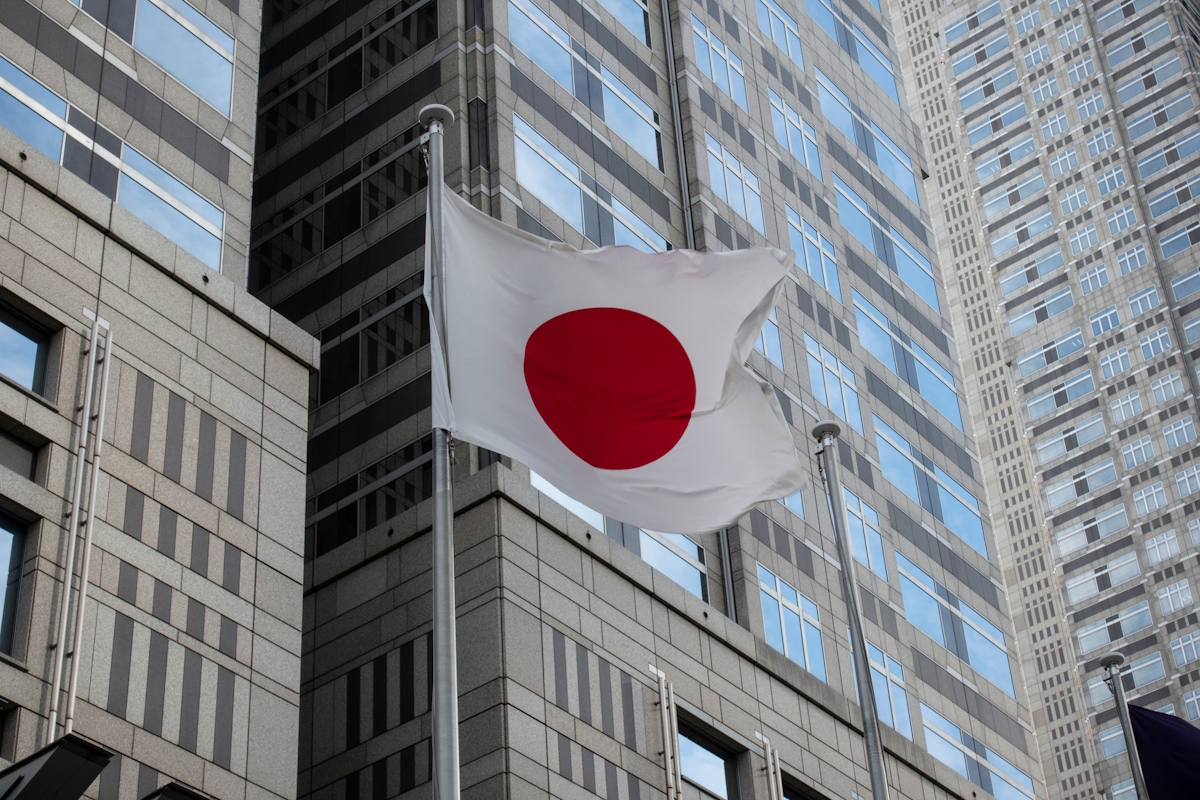Japan is moving to countermeasure China’s Belt and Road (BRI) initiative by proactively reaching out to developing nations with foreign aid. In a revision of the Development Cooperation Charter – Japan’s framework for its official development aid program – the cabinet approved the blending of the new proactive aid strategy with the traditional request-based model last week.
This is the first update of the Official Development Assistance (ODA) since 2015.
As per the new Development Cooperation Charter, Prime Minister Fumio Kishida’s government wants to cooperate with recipient countries “without economic coercion and without undermining the independence and sustainability of a developing country”.
The aim of the refreshed aid programme is to focus on offering know-how, e.g. in the areas of clean energy and digital technology.
According to the Japanese Foreign Ministry, Japan spent 2.3 tn yen ($16.7 bn) on development aid last year. This puts Japan in third place in a global comparison, behind Germany (second place) and the USA (first place).
This fiscal year, Japan has earmarked 570.9 bn yen ($4.09 bn) for development aid. While funding has increased since 2015, it is far below the 1997 peak of 1.16 tn yen.
Is countering China’s Belt and Road Initiative even possible?
According to an estimate by the American Enterprise Institute, China has invested about $100 bn annually in the BRI until 2019.
The Belt and Road initative was launched in 2013 by President Xi Jinping. Originally intended to connect East Asia and Europe through physical infrastructure, the BRI has since expanded to include projects in Africa, Oceania and Latin America.
Although it is one of the most ambitious infrastructure projects in the world, sceptics argue that China is setting a debt trap for borrowing countries. Sri Lanka, Pakistan, Zambia, and Suriname are some of the countries struggling to repay and pushing for debt relief or restructuring. According to the AidData research group at William & Mary Global Research Institute, around 60% of China’s overseas loans went to financially distressed countries in 2022. In 2010 it was just 5%.
On the other hand, in view of the geopolitical tensions in the Indo-Pacific, Japan has also moved to offer countries financial assistance to help them bolster their defences. The Overseas Security Assistance (OSA) will not be used to buy lethal weapons, but equipment for satellite communication and radio systems for maritime surveillance.
Last year, Japan had already announced that it would double its defence spending within five years to counter China’s growing military power.


 Australia
Australia China
China India
India Indonesia
Indonesia Japan
Japan Malaysia
Malaysia Philippines
Philippines Singapore
Singapore South Korea
South Korea Taiwan
Taiwan Thailand
Thailand Vietnam
Vietnam







